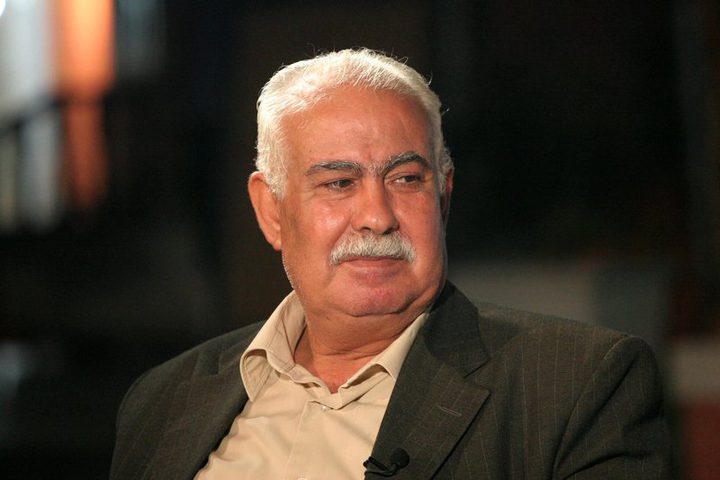Outlook for second phase of Trump’s Gaza plan
Al-Khamisa News Network - Gaza

Mustafa Ibrahim
As the second phase of US President Donald Trump’s plan to halt the war against Gaza came into effect, the plan faces complex political and security challenges that threaten its continuity and its stated objectives—especially given Israel’s public rejection of the idea of a Palestinian state and internal Israeli divisions over how to deal with Hamas.
While the release of 20 live Israeli prisoners and the handover of the bodies of four others in exchange for the release of 1,968 Palestinian detainees was hailed as an initial achievement, criticism in Israel escalated over the failure to return the remains of 24 other prisoners. Government and opposition officials labeled this a breach of the agreement’s terms, triggering a wave of incitement against completing any settlement with Hamas or Palestinians generally.
Despite the implementation of the first part of the deal, Israel’s security establishment remains split over how to respond to Hamas’s failure to deliver all the bodies. Military leaders have called for “immediate and lethal” responses to any potential threats, while others urged treating each incident individually and making decisions based on a comprehensive assessment to be presented to the security minister, Yisrael Katz.
At the same time, Israeli analyses indicated that Hamas may face genuine difficulties locating some of the bodies, while using others as a bargaining chip in a form of “psychological warfare.” These analyses predicted that some cases could remain unresolved for long periods, complicating the negotiating landscape and inflaming public anger inside Israel.
On the US side, Trump believes the war is over and that Israel emerged victorious. He is currently focused on “reaping the benefits” by expanding normalization agreements with Arab and Muslim states and opening the door to major economic projects. He also recognizes, however, that consolidating peace and establishing a new political reality will require direct pressure on Prime Minister Benjamin Netanyahu, who faces domestic political challenges with next year’s Israeli elections approaching.
Although Trump’s 20-point plan enjoys relative international backing, its deliberate vagueness is a major weakness. The lack of precise implementation mechanisms helped persuade both parties to agree, but it makes the next phase more complicated—especially given unresolved core issues such as disarming Hamas or the nature of future governance in Gaza.
Although Hamas approved the plan in general terms, it has not explicitly committed to clauses such as renouncing arms or refraining from participating in Gaza’s administration. On the contrary, movement leaders have spoken of a future political role for Hamas after the war, opening the door to new disputes.
In this context, the agreement left an unprecedented number of issues to be decided later, placing a huge diplomatic burden on the parties involved, particularly the United States.
Trump holds a strong lever over Netanyahu, derived from his unconditional support for Israel during his first term, including recognition of Jerusalem as Israel’s capital and the annexation of the occupied Golan Heights. That support made him an influential figure in Israel, at times enjoying greater popularity than Netanyahu himself. This was evident during his recent speech to the Knesset, when he joked to Netanyahu: “You can be a bit kinder now, because you are no longer at war.”
Still, internal political calculations in Israel could scuttle the plan. Hardline right-wing figures represented by Itamar Ben‑Gvir and Bezalel Smotrich could push Netanyahu to renege on his commitments for fear of his coalition collapsing. Voices from these currents have rejected any agreement that does not lead to Hamas’s complete surrender.
The plan’s most contentious clause—the possibility of creating a Palestinian state—has provoked widespread outrage in Israeli political circles, especially after the October 7 attack, and could lead both the government and the opposition to reject it outright. That would weaken Arab enthusiasm for continuing to support the plan, as former US ambassador to Israel Dan Shapiro warned, noting that this clause was a key Arab condition for engaging in Gaza’s reconstruction and supporting a political settlement.
Although Trump’s plan achieved partial implementation in its first phase, its future remains suspended amid political tug-of-war inside Israel, Hamas’s ambiguous stance, and regional and international volatility. The question now is whether Trump can impose his course on parties that have not yet settled their options.






